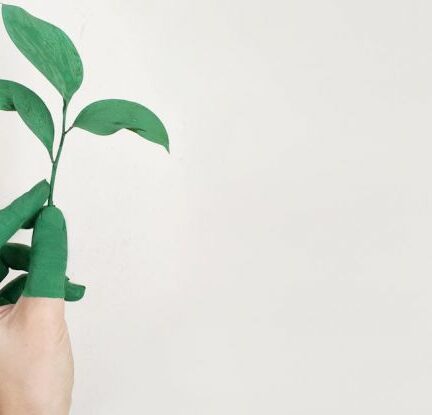**What Are the Latest Trends in Sustainable Fashion?**
Sustainable fashion has been gaining momentum in recent years as consumers become more conscious of the environmental and social impacts of the fashion industry. With the rise of fast fashion and its detrimental effects on the planet, many people are turning to sustainable alternatives that prioritize ethical production practices and environmentally friendly materials. In this article, we will explore the latest trends in sustainable fashion that are shaping the industry and influencing consumer choices.
**Eco-Friendly Fabrics**
One of the key trends in sustainable fashion is the use of eco-friendly fabrics. Designers and brands are increasingly turning to materials that have a lower impact on the environment, such as organic cotton, hemp, bamboo, and Tencel. These fabrics are grown and produced using fewer chemicals and pesticides, making them a more sustainable choice compared to conventional materials. Additionally, recycled materials like PET bottles and discarded textiles are being upcycled into new garments, reducing waste and promoting a circular economy in fashion.
**Slow Fashion Movement**
The slow fashion movement is another trend that is reshaping the way we approach clothing consumption. Instead of following the fast-paced cycles of the fashion industry, which often lead to overproduction and waste, slow fashion emphasizes quality over quantity. Consumers are encouraged to invest in timeless pieces that are well-made and durable, with the goal of building a more sustainable and ethical wardrobe. This shift towards a more mindful approach to fashion is driving demand for ethically made clothing that stands the test of time.
**Transparency and Ethical Production**
Transparency and ethical production practices are becoming increasingly important in the sustainable fashion landscape. Consumers are now demanding more information about how their clothes are made, from the sourcing of materials to the working conditions of the people who make them. Brands that prioritize transparency and ethical production are gaining recognition for their commitment to social responsibility and fair labor practices. By providing this information to consumers, brands are building trust and loyalty among a growing segment of conscious shoppers.
**Zero-Waste Design**
Zero-waste design is a trend that is gaining traction in sustainable fashion, with designers seeking innovative ways to minimize waste in the production process. By strategically cutting patterns to use fabric more efficiently and repurposing scraps for other purposes, zero-waste design aims to reduce the environmental footprint of clothing production. This approach not only helps to minimize textile waste but also encourages creativity and ingenuity in design, leading to unique and sustainable garments.
**Rental and Second-Hand Fashion**
Rental and second-hand fashion are emerging as popular alternatives to traditional retail, offering consumers a more sustainable way to access trendy and high-quality clothing without contributing to overconsumption. Rental services allow customers to borrow clothing for a limited time, reducing the need to purchase new items for every occasion. Second-hand fashion platforms provide a marketplace for pre-loved garments, giving them a new life and diverting them from landfills. By embracing rental and second-hand options, consumers can reduce their carbon footprint and support a more circular fashion economy.
**Innovations in Sustainable Technologies**
Advancements in sustainable technologies are driving innovation in the fashion industry, enabling designers to create eco-friendly materials and production processes. From biodegradable textiles made from algae to waterless dyeing techniques that reduce water consumption, these innovations are revolutionizing the way we think about sustainable fashion. By harnessing the power of technology, brands are able to develop cutting-edge solutions that address environmental challenges and promote a more sustainable future for the industry.
**Embracing Diversity and Inclusivity**
Diversity and inclusivity are becoming integral aspects of sustainable fashion, with brands recognizing the importance of representing a wide range of identities and body types in their marketing and design. By embracing diversity, brands are not only promoting social equity but also tapping into a growing market of consumers who seek representation and inclusivity in the fashion industry. This trend towards diversity and inclusivity is reshaping the landscape of sustainable fashion, making it more accessible and relevant to a broader audience.
**A Call for Action**
As sustainable fashion continues to evolve and shape the industry, it is clear that consumers hold the power to drive positive change through their purchasing decisions. By supporting brands that prioritize environmental and social responsibility, consumers can contribute to a more sustainable and ethical fashion ecosystem. The latest trends in sustainable fashion reflect a growing awareness of the impact of clothing production on the planet and society, inspiring a shift towards more conscious consumption practices. As we move towards a more sustainable future, let us embrace these trends and make a difference through our fashion choices.
